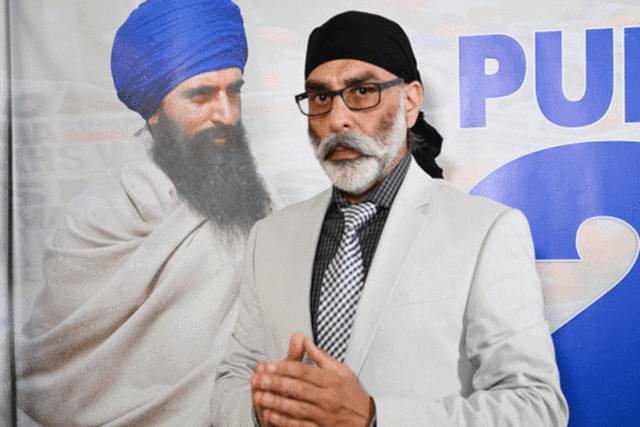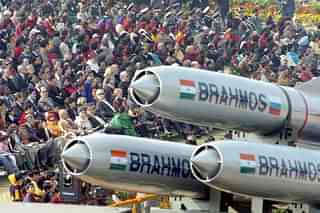World
Pannun Case: Do We Have Some Counter-Leverage Against US?
R Jagannathan
Nov 30, 2023, 11:03 AM | Updated Dec 02, 2023, 10:55 AM IST
Save & read from anywhere!
Bookmark stories for easy access on any device or the Swarajya app.

A US federal prosecutor in New York has charged an Indian, Nikhil Gupta, with conspiring to assassinate a Khalistani separatist, Gurpatwant Singh Pannun, on American soil.
The allegation is that an Indian government official was behind Gupta’s efforts to get Pannun killed, an official codenamed CC1 in the court filings.
Apparently, the plot unravelled when Gupta tried to use a hired gun, who happened to be a US Department of Drug Enforcement Agency (DEA) source, to do the job. In all probability Gupta fell for a DEA sting operation.
Clearly, the US government has decided to use this incident to build pressure on India for two main reasons: one, it does not take kindly to foreign powers acting on its soil even if it is to protect the latter’s own national interest.
Never mind that the US does not believe this rule applies to itself. In international relations, hypocrisy is often the best policy. And two, the US wants to use the Khalistanis operating on its soil to maintain some degree of leverage against India, and this alleged plot to assassinate Pannun comes in handy.
The US would like India as an ally against China, but it wants a weaker India that is more like a yes-man than a country capable of making its own choices. This incident will be used to vitiate Indian domestic politics too.
The real issue is not the morality (or the lack of it) in using assassinations as a part of state policy. The issue is how does India neutralise the US leverage and pressure without antagonising Uncle Sam. For obvious reasons, both economic and military, India needs the US a little more than the US needs us.
So, the setting up of a committee to investigate these US allegations is the right first move. It proves an intent to cooperate, even though there is no way India can cooperate beyond a point, especially by throwing the official doing his duty on India’s behalf to the wolves.
India has to stand firm on that, and the committee cannot be anything more than an effort to buy time. All this is, of course, assuming that India did indeed have something to do with the planned assassination.
Second, and this has to be done on a war-footing, if not already done. India must seek covert means for building counter-leverage. It is highly unlikely that the US deep state and spy agencies do not use bribes and other ways of compromising Indian officials so that they can be used to infiltrate Indian policy-making apparatus, and get the US’s job done.
There must be literally hundreds of cases where US spy agencies have financed or funded the education, health or other needs of Indians in the US or its client states in order to buy their loyalties.
We must find these people and the handlers behind them to build some degree of counter leverage in the Pannun case. If we have a US official named as a party to subverting Indian policy-making, we have counter-leverage.
What we must not do is talk too much about morality and make in-your-face accusations against the US or its agencies. We have to build and use any counter-leverage covertly.
India needs the US for becoming a $10 trillion economy and a military superpower by the mid- to late 2030s. A formal rupture in relations is not in our interests, just as formal capitulation to US pressure is also not an option.
We have to play this game behind the scenes, with firmness and sagacity. Building leverage against the US, if we haven’t already done so, is the need of the hour.
Save & read from anywhere!
Bookmark stories for easy access on any device or the Swarajya app.
Jagannathan is Editorial Director, Swarajya. He tweets at @TheJaggi.
Support Swarajya's 50 Ground Reports Project & Sponsor A Story
Every general election Swarajya does a 50 ground reports project.
Aimed only at serious readers and those who appreciate the nuances of political undercurrents, the project provides a sense of India's electoral landscape. As you know, these reports are produced after considerable investment of travel, time and effort on the ground.
This time too we've kicked off the project in style and have covered over 30 constituencies already. If you're someone who appreciates such work and have enjoyed our coverage please consider sponsoring a ground report for just Rs 2999 to Rs 19,999 - it goes a long way in helping us produce more quality reportage.
You can also back this project by becoming a subscriber for as little as Rs 999 - so do click on this links and choose a plan that suits you and back us.
Click below to contribute.





